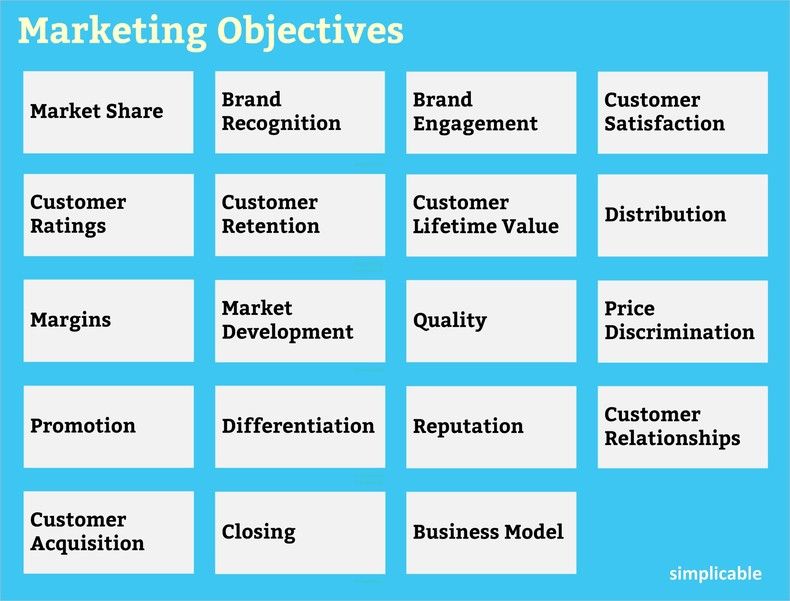
Experiential market is a type if marketing that emphasizes creating brand loyalty and real value. This marketing strategy involves a variety of marketing techniques, including social media and in person events. When used correctly, experiential marketing can generate great results and increase customer engagement.
Experiential Marketing can be used as a stand-alone activity or part of a larger campaign that uses traditional advertising methods. You need to ensure that your marketing efforts are targeted to your audience, whether you host an AR booth or photo op. By providing them with something worthwhile to talk about, you'll create a niche in their memories.

One of the most popular forms of experiential marketing is a photo op. Millions were reached by the Ice Bucket Challenge which raised awareness about ALS. Participants poured ice cold water over themselves in order to raise money for the cause. Facebook shared the challenge's videos in excess of 2.4million times. The cause was able to raise $220 million.
Another form of experiential marketing is a pop-up restaurant or diner. These types allow consumers to test out products in a fun, interactive setting. Participants may even be able participate in an AR game. Participation depends on the event's nature. Participants might eat at a temporary coffee shop, diner, or take a photograph. If they enjoy the product, they might share their photos online.
Technology companies are another type of event that can be used for experiential marketing. They have booths set up at conventions and conferences for consumers to try out their products. Participants usually upload video and photos of the product being used. Although it is unlikely that a brand's experience with a product will become viral, it is very possible.
Another form of experiential marketing is one where people can attend an event from the comfort of their homes. Many consumers have multiple commitments that prevent them attending events during the normal hours of work. However, if you can create an event that can be held at home, you'll be able to increase your attendance rate. As a result, you'll have more people engaging with your brand and potentially driving more sales.

Experiential marketing events also work well to increase customer loyalty. Consumers who have positive experiences with a brand will be more likely to return and recommend the product to others. This can help to build a relationship between the brand and the consumer. Experiential marketing allows customers the opportunity to directly interact with a brand, and gain a better understanding of its benefits and value.
The ultimate goal of any experiential marketing campaign should be to create memorable experiences for guests. The more fun and interactive the event, the more memorable it will be. Having a branded hashtag will encourage attendees to take and share photos of their experiences.
The best way to build customer relations with a brand is by creating memorable experiences. These relationships will help the company expand its reach, and boost its awareness.
FAQ
Why do I need a Content Marketing Strategy to succeed? Why not just send emails or post social media updates?
Two main reasons you might choose to ignore a Content Marketing Strategy.
-
Perhaps you think email marketing and social networking posts are enough for people to talk about your brand.
-
If you haven't tried email marketing or posting on social media, you might assume that this type of content isn't practical.
Both of these assumptions is incorrect.
Email marketing and postings on social media can be great ways of communicating with prospects and customers. They're not enough on their own.
A single email campaign won't be enough to help you achieve your goals. Instead, it needs to be part of a larger strategy. And social media posts alone won't help you achieve your goals either. They should be part a bigger plan.
This is where the Content Marketing Strategy comes into play. A Content Marketing Strategy is a plan that sets clear goals for each piece. This will allow you to manage the entire content creation process.
This will allow you to focus more on the essentials of running your business like growing your audience or increasing conversion rates.
Although there are many benefits to a Content Marketing Strategy it does not mean that it is easy.
But, having a strategy in place makes all the difference.
Do I need to hire a writer for my Content Marketing?
No! There is no need to hire professional writers to write content for you business. There are tons available online that can assist you in getting started.
How long should my content advertising campaign last?
This varies depending on the industry and type of product or service offered.
One example is if your company sells shoes. You might spend one month designing a new model. You might launch the new product in August, and then keep it updated throughout the year.
If you sell clothing, you may design one look for fall as well as another for spring. It is your goal to offer new and exciting products so that your audience never gets bored.
Your goals will influence the time your content marketing program is effective. You may only need one channel for small businesses. For larger companies, you may need to consider multiple channels to reach a broad target audience.
Do I need an agency for Content Marketing?
No! There are many online tools to help you create high-quality content. Agency services are often expensive.
How can content marketing strategies be effective?
Start by deciding what kind of content content you want. Next, determine who your target audience is and how they use internet. Next, choose the best channels to reach your target audience. Next, identify the best keywords for each channel. Finally, write compelling copy for each piece.
Statistics
- An example of an overarching goal could be: "In 2022, we want to achieve a 20% increase in revenue created by organic content and generate 15,000 MQLs with a budget of $30,000." (semrush.com)
- To further show the importance of this, 89% of people have stopped doing business with a company because of a poor experience. (neilpatel.com)
- Progress indicators (0–100%) allow each team member to see how attainable each goal is and understand what remains to be accomplished. (semrush.com)
- This marketing strategy landed Ford a 15.4% conversion rate. (neilpatel.com)
- According to our research, brand awareness, attracting traffic, and generating leads remain the key content marketing goals in 2022. (semrush.com)
- Companies that use content marketing see approximately 30% higher growth rates than businesses not using it. (mailchimp.com)
- In fact, would pay more for a better customer experience, and 86% of B2B buyers would pay more. (neilpatel.com)
- Out of the 1,500 marketers we surveyed for our State of Content Marketing report, 78% who felt their content marketing strategy was exceptionally effective in 2021 had documented their strategy. (semrush.com)
External Links
How To
How can you make your videos even more amazing?
Video Marketing is one of the most powerful tools of Content Marketing. Video Marketing allows you to connect with your audience and create trust. But how can we transform boring into something amazing? Let's look at some simple tips!
-
Tell a story. Storytelling lies at the heart and soul of all communication. Video marketing cannot work without storytelling. It is important to decide what type of stories you would like to tell. Is it entertaining? Educational? Inspiring? Inspiring? Get inspired by these stories, and use them for inspiration.
-
Images are a powerful tool. Images convey emotions better than words. Images enable us to make connections with others, and allow us empathy. Include images in your videos. You can embed images directly in your blog posts, or add them to your slideshows.
-
Make it easy for people to share. If you want your viewers to spread the word, make it easy for them to do so. Include sharing buttons on your videos. Add social icons to your slideshows. You can also add "Share" boxes to videos if your channel is YouTube.
-
Don't overdo it. If you have too many graphics and too much information, your viewer might lose interest. Keep it simple. A few striking images can be enough to attract attention and keep people's attention.
-
Keep it simple. Short videos are very popular. Create short, 5-minute videos to get people talking about your brand.
-
Get feedback. Listen to your audience. Ask your audience what works and what doesn’t. You can use the answers to improve your content.
-
A plan is essential. After you have created your first video, you should think about what you can do next. Can you create a series? A playlist could be created with only the most popular videos.
-
Test, test, test. The last thing you want is to release a video and then realize that nobody watches it. Be sure to test your video on your audience before you publish it. Check out the reactions. Based on your results, make changes.
-
Repeat. Repeat steps 1-8 until you find the perfect formula. Once you understand what works, you will be able to make great videos over and over again.
-
Measure the results. It's important to measure the success of your videos. What was their performance? What are the preferences of certain audiences? These questions will help to refine your strategy.
-
Make adjustments as necessary. After your video campaign is launched, don't forget to learn. Learn from your failures and adapt your plans accordingly. The best marketers never stop learning.
-
Enjoy it. While video marketing isn't difficult, it takes patience. As you gain experience, new strategies, tactics, and ideas will be available to you to help grow your business.